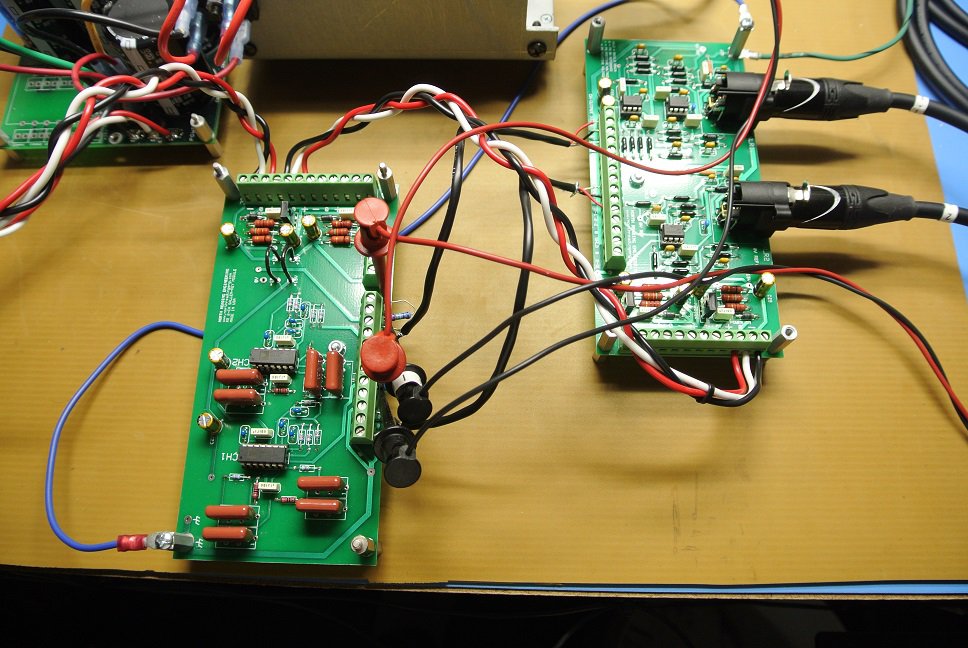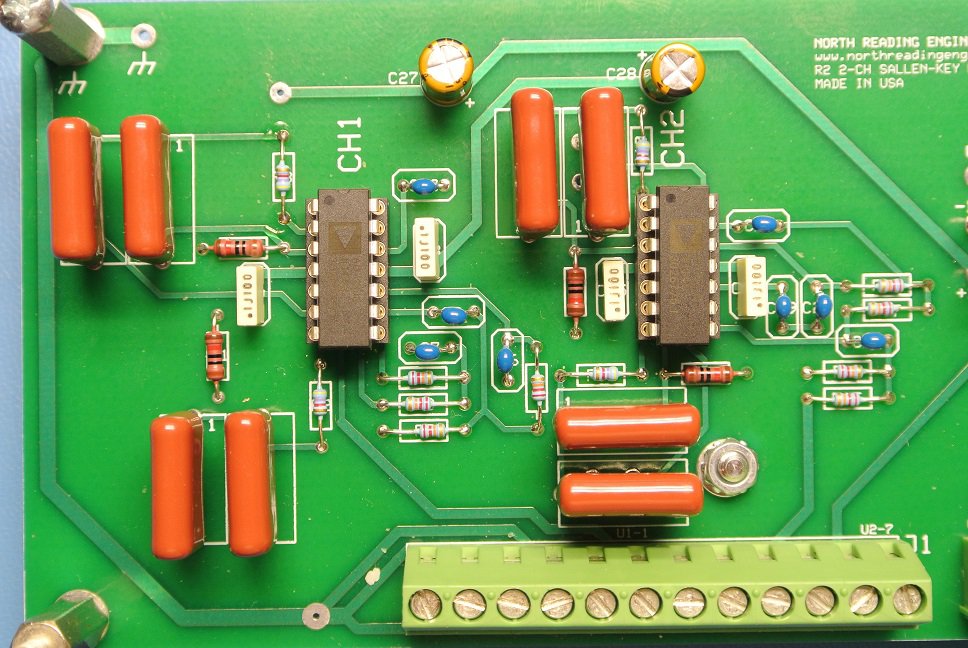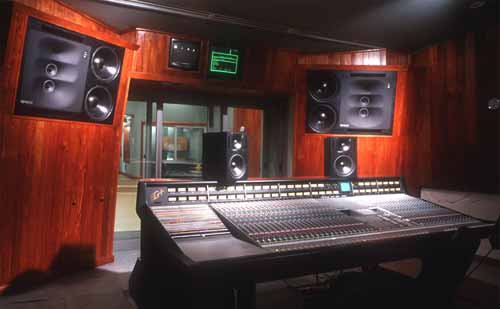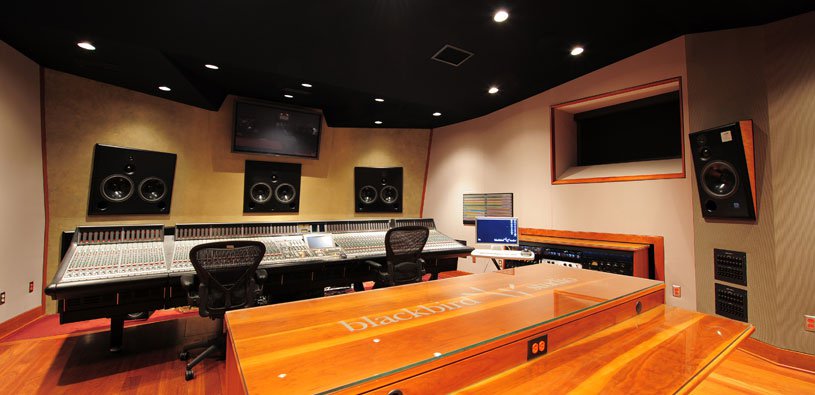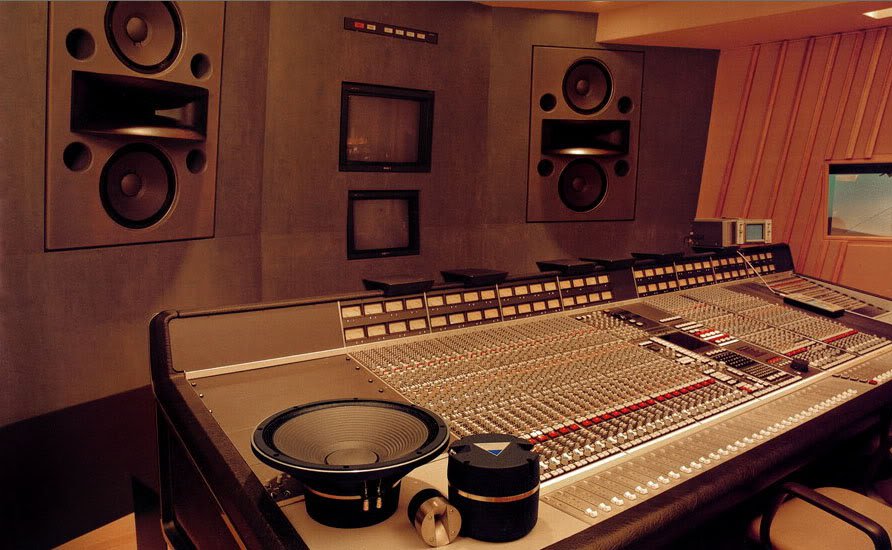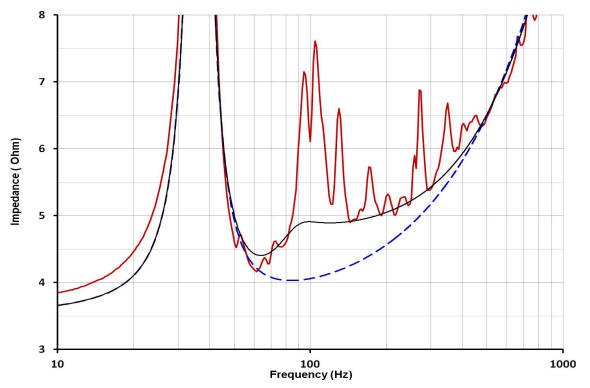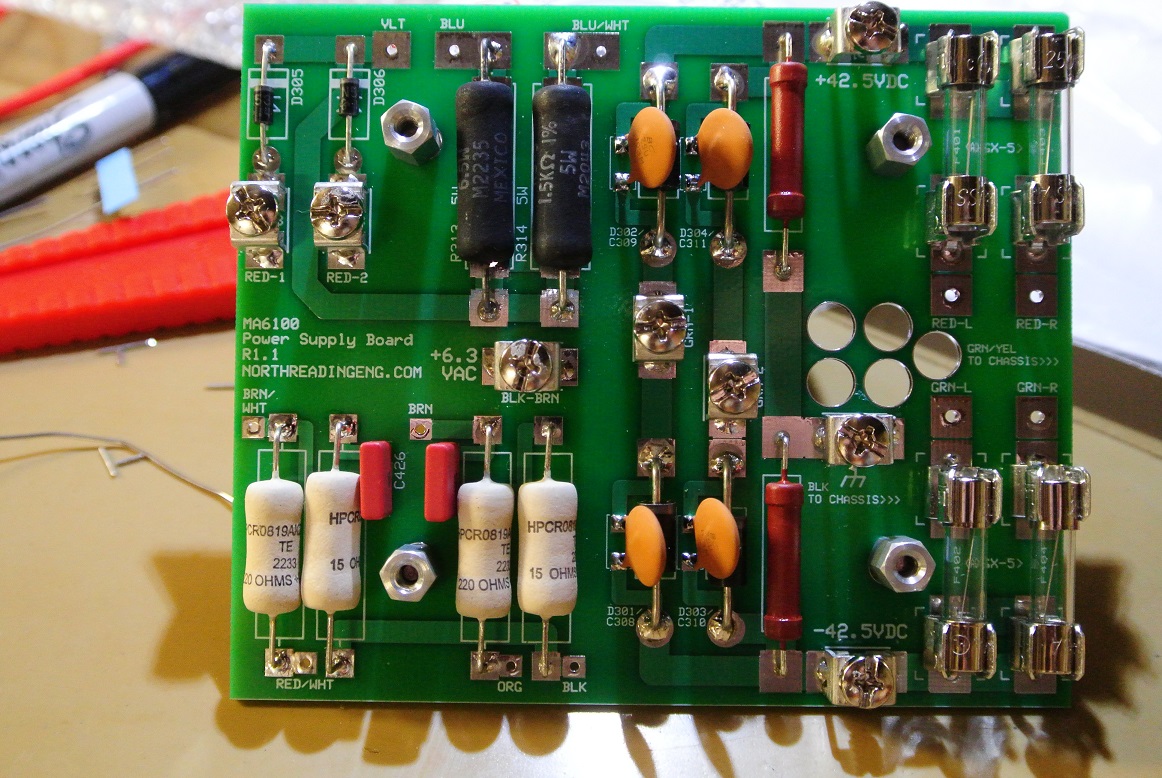
John Warren
Regulars-
Posts
2262 -
Joined
-
Last visited
-
Days Won
1
Content Type
Forums
Events
Gallery
Everything posted by John Warren
-
https://www.mcmaster.com/adjustable-feet
-
Recently swapped the OEM power supply transformer in an LK72A with a Heyboer replacement. The Heyboer is a well made component. Removing the bell is a bit tricky but it can be done without causing mechanical strain in the lead wires. The leads are tinned, multi-strand and the insulating jacket material very tough. Excellent results are achievable. This is a great little amp, very quiet! http://www.northreadingeng.com/Audio/group/viewtopic.php?f=4&t=8&p=29#p29
- 1 reply
-
- 1
-

-
I use a Staco Energy product. Current and voltage monitored using DVMs that can also be used for other things. 1.4kVA. ~$550 on Mouser. 100% = 140VAC. Limit current by swapping in a 0.5A fuse. Wall voltage in my house ranges from peak of 126 to low of 115VAC. Ripple voltage on the B+ changes too from 12Vp-p to 5Vp-p and can be audible buzz in mid and HF drivers. Also wears out electrolytics in the supply.
-
The plans for the Electro-Voice Georgian would be a good place to start. I've pointed a few builders in that direction with good results. FWIW, having perfectly cut panels isn't the only hurdle, the assembly is another potential pot-hole that can leave you in wishing you just bought a used pair for $1200 USD. http://www.northreadingeng.com/Klipschorn_build/Klipschorn_build.html
-
Don't go to college and major in anything that ends in "studies".
-
Playing with video on my site and would like to get some feedback on this. Particularly interested in how it plays on various browsers and hand held devices. Seems to work ok on Android. A customer suggested I do this, says no one reads anymore. http://northreadingeng.com/Video_Library/R4_buffer_video.htm
-
Does your Hershey's Kiss have a broken-off tip?
-
Hence the reason personal observations regarding the sound "quality" of just about anything are of no value.
-
The transformer couples to the chassis and the chassis covers act as sound boards. On the bench, the amplifier is quieter with the covers removed. I suspect you'd prefer not to use the amp with the internals exposed. There are wooden enclosures for the D-series amps but they're hard to find. Alternative is to make a wooden enclosure. On the Chinese amps I've wrapped the coils with Mu-metal and poly over-wrap but that makes for a tight squeeze but there's some attenuation of the buzz. I've also removed transformers from donor units and swapped them into the Chinese versions. The older transformers were impregnated with varnish and then paper wrapped (right photo).
-
-
The speaker behind Armstrong does have a badge at the lower right, the amp sits on top and the pre-amp just behind his left ear at arms length. Can we identify them?
-
Help modifying AA crossover to work with Volti Upgrade
John Warren replied to Godataloss's topic in Technical/Restorations
Yes, guilty as charged. Note the plot is a simulation result using a SPICE package, it's not a measured response. -
CL-D Bi and Tri-amping (lots of photos and plots)
John Warren replied to John Warren's topic in Solid State
Here's the module, very easy to build and make connections to power and amplifier. Requires a center-tapped power supply greater than about 20VDC. All tests of the module were using a +/-100VDC. There's on-board power supplies for the op-amp packages. Here using two AD713 quad for each channel. Useful for putting a bass horn on a low-frequency bandpass with dedicated amplifier. I'll put a webpage together showing how to use it and what it's capable of. The low and high frequency -3dB corner frequencies can be shifted left or right by changing a few caps and resistors. Sallen-Key makes that possible. -
Not sure about making points, it's what I've been saying all along. This is my statement you took exception to: "Recapping, there's nothing intrinsically low distortion" associated with a woofer cone working hard into the radiation resistance of the Klipschorn throat. The net effect is higher sensitivity over that narrow range at the expense of a whole lot of other parameters equally important to good sound." I don't see where I say anything about a woofer "flopping in the wind" with no load? (btw, "working hard" was a figure of speech) I state clearly that the cone works into the radiation resistance, nothing else. And that's what I meant by " at the expense of a whole lot of other parameters equally important to good sound." Bandwidth is the price paid for that sensitivity. The bandwidth of the Klipschorn radiation resistance is what? perhaps 2 octaves? To extend the bandwidth you resorted to the Jubilee which is more complex, two drivers, more wood, more cost.
-
But the imaginary part of the impedance isn't that large when the radiation resistance is significant. By way of the impedance matching, a larger fraction of the power sent to the driver is dissipated through the radiation resistance whilst less is stored into the reactance. Just because the cone moves less at peak sensitivity doesn't mean it's not working hard. The mechanical stresses are higher and that leads to it's own non-linearities.
-
Why is it that good engineers, with good test gear just can't seem to replicate PWK's work? https://asa.scitation.org/doi/10.1121/1.3437441 Abstract It has been stated that the total modulation distortion produced by a loudspeaker system is inversely related to the efficiency of the system, and that horn‐loaded systems display less of this distortion than the best direct radiators [P. W. Klipsch, “Modulation Distortion in Loudspeakers,” J. Audio Eng. Soc. 17, No. 2 (Apr. 1969)]. This statement runs contrary to modulation theory, which relates modulation distortion to the amplitude or velocity of diaphragm vibration. Measurements were made both on a high‐quality, full‐range horn‐loaded system and on a large, full‐range direct‐radiator system. Each system was driven with the sum of a 41‐Hz and a 350‐Hz tone to evaluate woofer distortion, and with the sum of a 510‐Hz and a 4.4‐kHz tone to evaluate mid‐range distortion. Output levels ranging up to 110 dB SPL were used. The acoustic output of the speakers was fed to a real‐time spectrum analyzer, and total modulation distortion calculated after the method described by Klipsch. Under all conditions measured, the direct radiator produced substantially less distortion. For example, at 110 dB SPL output, its woofer modulation distortion was 3.9% vs 5.8% for the horn system.
-
Your assumption is wrong. The bottom left of the Klipschorn response plot clearly shows "LMS" so it's a cross-correlated MLS response taken at the factory likely by Delgado on a factory, circa 2000, bass horn. Even if it's an early 50s unit the response with the sinus cavities and smaller throat opening wouldn't be that different. Troll? Really? Give me a ******* break!
-
Significantly? Hardly. The red plot is the impedance of the Klipschorn tucked into a concrete corner. The black solid plot is a functional form of the Beranek model of the Klipschorn throat using a variable (s-plane) element to "fit" the simulated throat resistance to the actual data. The blue dotted line is the model with no s-plane element. The difference between the dotted line and the solid is a pretty fair assessment of the impedance change associated with horn loading. Radiation resistance is the resistive part of the change. Between 90 and 200Hz the impedance is about 5 Ohms, i.e. like a resistor. That's the radiation resistance and where the response peak is measured and the sensitivity a maximum. The magnitude of the radiation resistance is around an Ohm. You don't have to believe the SPICE simulations, the range where the radiation resistance is active can be eyeballed from the red plot directly.
-
The Klipschorn folded unit does not horn load the K33E to 32Hz. The horn loads the driver over a narrow range of frequencies, i.e. where the peak output is measured in the factory plot, it coincides with the maximum sensitivity and where the radiation resistance is significant. The impedance indicates the radiation resistance is significant between 90-350Hz . Below that it's a 15" woofer in a sealed box. My ears tell me the Klipschorn bass unit sounds clearer when it's operating on a band-pass (active) filter and supplemented with a sub. I'll show you what I'm referring to a wee bit later.
-
The large peak in the bass horn response has been dealt with to some extent in the AK-4 and -5 nets by applying a filter that knocks it down a bit. By throwing away some sensitivity the frequency response magnitude (the flatness?) is improved. But sensitivity is the reason why all the trouble with making the folded unit in the first place. One could further reduce it to be "flatter" I suppose but then what's the point?
-
Ya know your talking to a guy that has a couple of pair of Klipschorns here? The photo below is a simple vented enclosure (granted it's 2" thick and weighs about 300lbs) with a pair of 2226Hs. It's a 2X15" format that most studio monitors use. When bi-amped and outfitted with the appropriated top end, a much preferred alternative.












